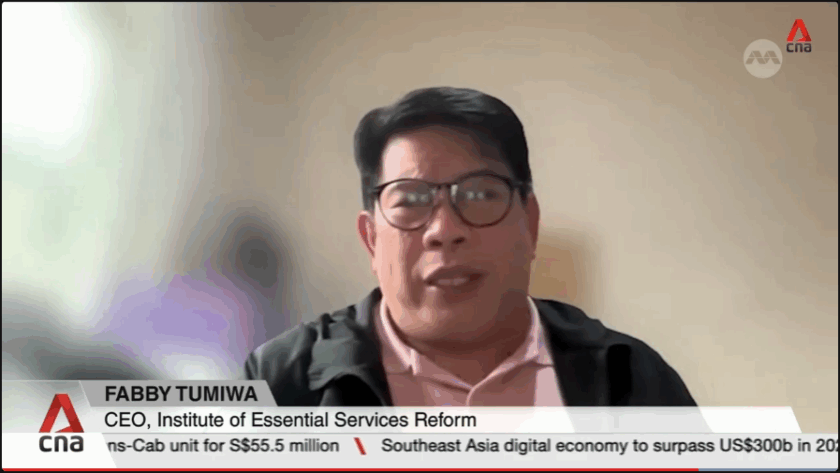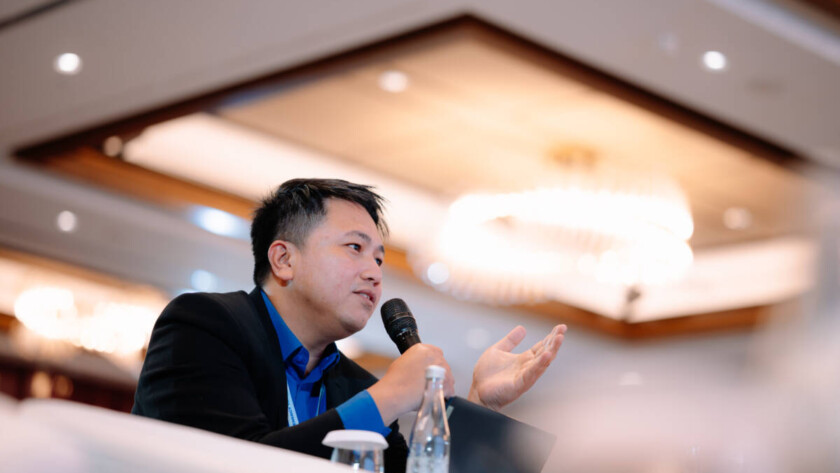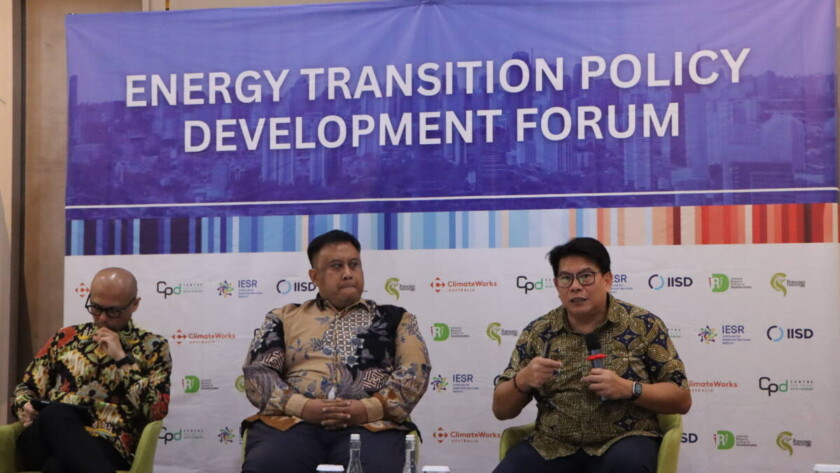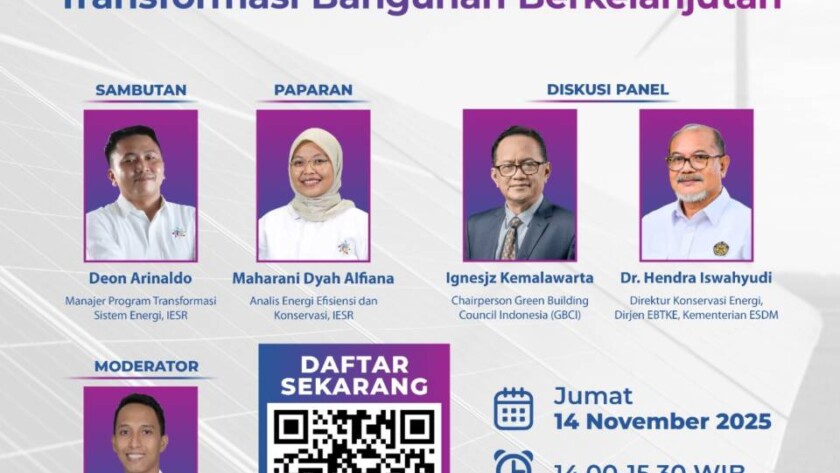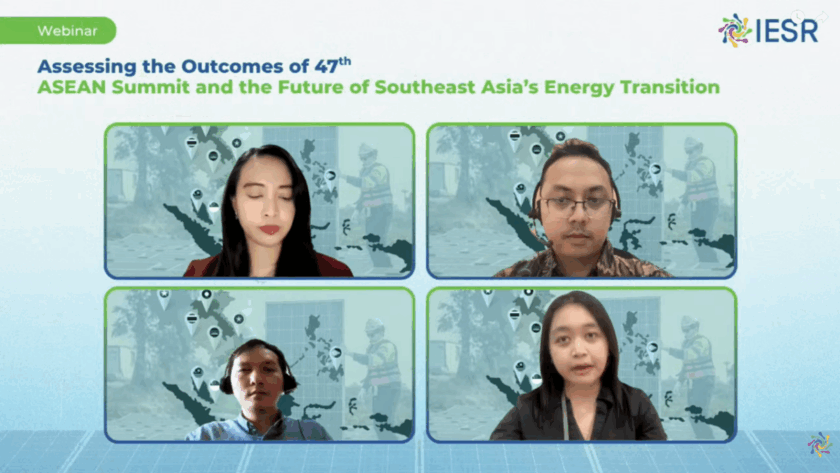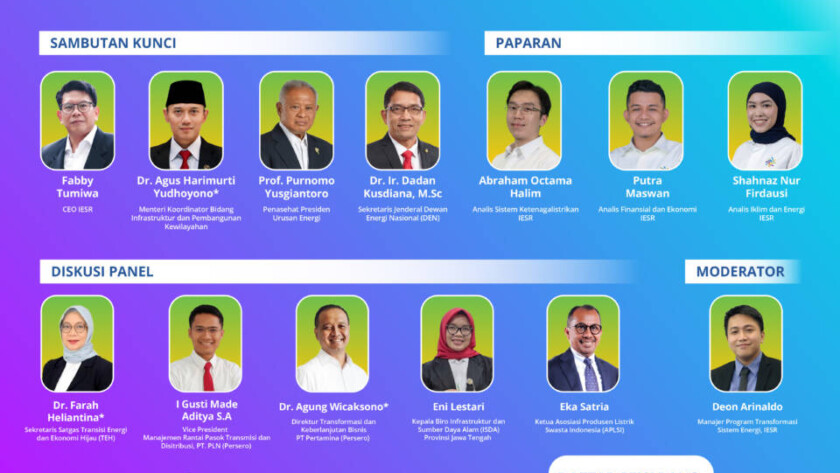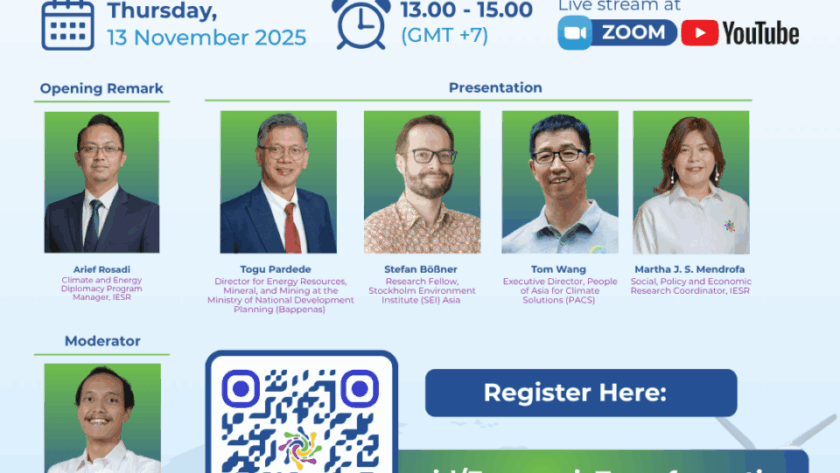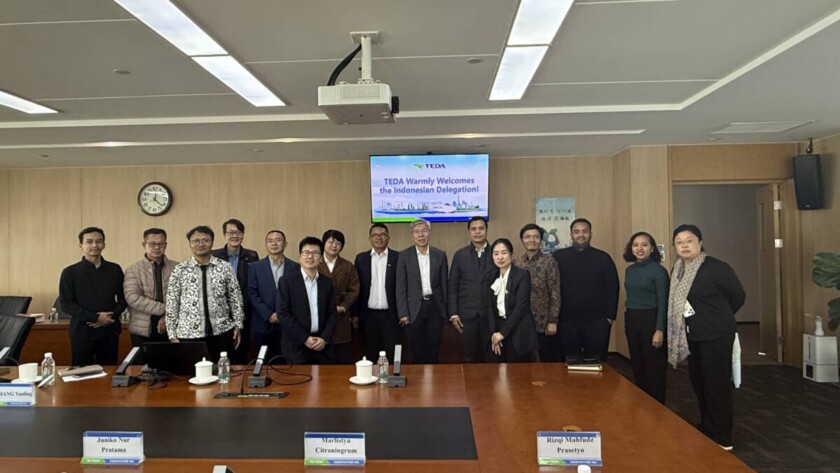Jakarta, November 17, 2025 – Indonesia plans to start the construction of the Tolo 2 Wind Power Plant (PLTB) in South Sulawesi, with construction scheduled to begin late next year. This power plant is a development of the Tolo 1 Wind Farm, which has been fully operational since its inauguration in 2019.
Responding to this…
